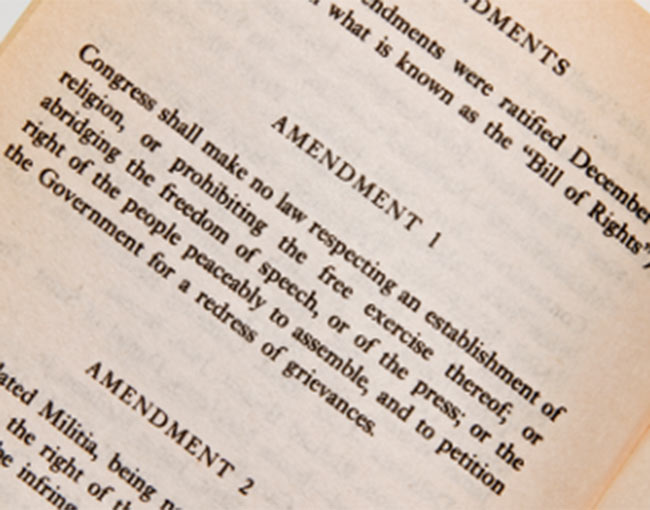Faced with sharply declining ad revenue, both the Associated Press and The New York Times recently announced plans to incorporate native advertising into their editorial content streams.
Native advertising, also known as branded or sponsored content, is advertising that mimics the look and feel of the editorial content surrounding it. Still in its early stages, branded content has proved successful for brands like Red Bull, Coca-Cola, and Facebook.
This change is just another example of how sophisticated ad content is becoming more closely aligned with the online news and information sources we consult every day. (It's also part and parcel with the use of online behavior advertising, which we have previously discussed.)
Even as advertising starts to look more like journalism, there’s one thing that ads certainly share with news content: First Amendment protection.
It may surprise some people that advertisements enjoy free speech protection. But as my colleague Mike Nepple and I discussed in a recent article for the St. Louis Bar Journal, it makes perfect sense: “Advertisements are messages. They contain information. They communicate opportunities. They are a form of speech.”
Our article, “Advertising Law: It’s Not Your Father’s First Amendment,” covers the history of the constitutional commercial speech doctrine, its protections for even controversial products like alcohol and tobacco, and why First Amendment protections for advertising keeps getting stronger.
I encourage you to take a look at the article, but here are a few key takeaways. (Bonus points for anyone who can identify the famous ad slogans we borrowed for our sub-headlines.)
- The U.S. Supreme Court didn’t recognize First Amendment protections for commercial speech until 1976.
- The first case that secured free speech protections for advertising involved numbers, not words. It was led by pharmacists who wanted to advertise the price of prescription drugs.
- Many of the landmark cases in this area involved ads for “vice” products: tobacco, alcohol, and casinos. The cases were prompted by states’ efforts to ban advertising for these controversial products and services.
- We could see more free speech protections flowing from the Roberts Court; a majority of the justices have indicated strong support of commercial speech protections.
Mark Sableman is a partner in Thompson Coburn’s Intellectual Property group. He is the editorial director of Internet Law Twists & Turns. You can find Mark on Twitter, and reach him at (314) 552-6103 or msableman@thompsoncoburn.com.


